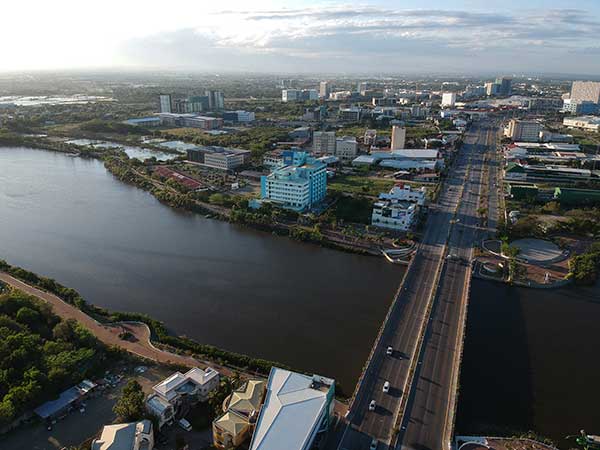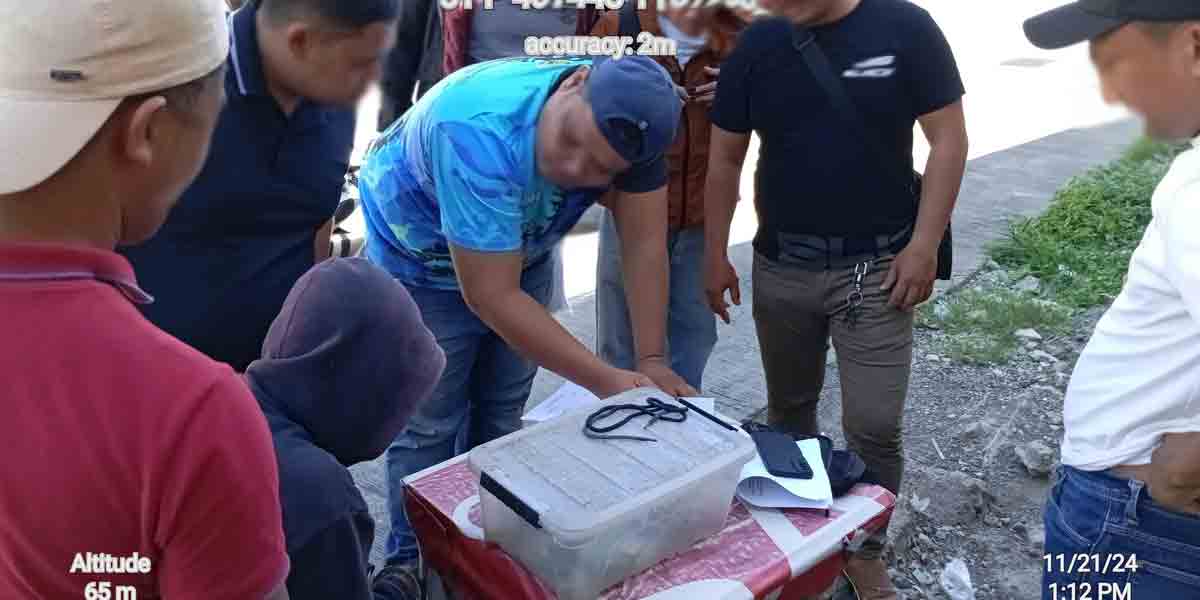
By Mariela Angella Oladive
Facing criticism over a sudden surge in property taxes, Iloilo City Councilor Rex Sarabia explained that the 300-percent increase is a necessary response to the city’s rapid growth.
The sharp rise in Iloilo City’s real property tax (RPT) is directly tied to economic development and a booming real estate market, said Sarabia, Vice Chairman of the Committee on Ways and Means.
Sarabia addressed public concerns about the tax hike, explaining that it follows an 18-year delay in updating property valuations.
He clarified that the increase varies depending on location, with business hubs seeing the largest adjustments.
The last update to the city’s Fair Market Values (FMVs) was in 2006, Sarabia noted.
With the implementation of Tax Ordinance 2023-226 this year, property values now reflect nearly two decades of economic and infrastructure progress, leading to higher taxes.
“This should come as no surprise. Iloilo City’s economy and property market were very different 18 years ago. The city has grown, and so have property values,” Sarabia said.
For example, he highlighted that FMV for properties along Diversion Road was PHP 8,000 per square meter in 2006, rising to PHP 37,000 today, a 530-percent increase or 29 percent annual growth.
In the Megaworld area, FMV climbed from PHP 2,500 per square meter in 2006 to PHP 18,500 today, a 740-percent increase or 41 percent annual growth.
“These figures show the strength of Iloilo’s property market, outperforming major financial investments like the Philippine Stock Exchange Index and the S&P 500,” Sarabia added.
While property owners have expressed frustration, Sarabia noted that the 18-year tax leniency allowed for significant savings.
“With the real estate boom, rising property values are expected. Property owners benefited from 18 years of savings, but the city lost revenue,” he emphasized.
COA MANDATE AND MISSED REVENUE
Sarabia pointed to a Commission on Audit (COA) memo from March 2023 urging Iloilo City to update its FMVs.
The memo highlighted “opportunity losses” due to the city’s failure to revise FMVs in past years.
“Without raising taxes, the city would continue losing income. This adjustment was long overdue,” Sarabia said.
COA noted that the City Assessor’s recommended revisions to property assessments were not approved by the Sangguniang Panlungsod (SP) between 2009 and 2021.
The SP deferred action due to economic impacts from events like Super Typhoon Frank in 2009 and the COVID-19 pandemic in 2021.
The City Assessor’s Office has now prepared a new assessment proposal for 2024 to comply with Republic Act No. 7160, which requires a general revision of assessments every three years.
The COA memorandum stressed that while residents’ economic struggles are considered, regular updates to FMVs are crucial for real estate transactions and financial reporting.
MANDANAS RULING IMPACT
Sarabia also pointed to the Supreme Court’s Mandanas-Garcia Ruling, which reallocated internal revenue allotment (IRA) funds, transferring more responsibilities to local governments without an increase in resources.
This has put additional financial pressure on the city to cover more expenses, including services provided by the City Social Welfare and Development Office (CSWDO) and the City Health Office (CHO).
“Without increased taxes, we would face budget deficits, leading to financial disorder in the city,” Sarabia argued.
Despite the tax hike, Sarabia assured the public that measures are in place to ease the burden on property owners.
Taxpayers can avail of a 40-percent discount on RPT for 2024 and 2025 if they pay on time, with full rates taking effect in 2026.
“The property boom has enriched Ilonggos. If the city were poorly managed, property values—and taxes—wouldn’t have risen,” Sarabia concluded.




















